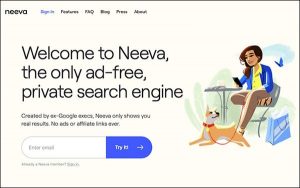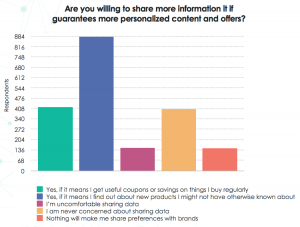
Hey, there, local business owners: how’s your website SEO?
If you answered, “Well, um …” or “OK, I guess,” we’re guessing you haven’t given this subject as much attention as it deserves. Your website is pivotal to the success of your business, local though you are. Potential shoppers or clients or patients expect it to be a resource about “all things your business,” no matter what you do or sell. But first they have to find it.
Often small business owners think their website is serving them well, but in truth it is a weak link in your marketing. You could be inadvertently doing things wrong – or overlooking details – that stymie your website’s local SEO rather than helping you attract and keep visitors (and new business.
Let’s look at 9 of these common SEO-related mistakes and what you can do to turn things around.
1. Not taking your NAP seriously.
Search engines are literal, not clairvoyant. If your business name, address and phone number (your NAP) show up differently on different web pages, in various directory listings, etc., each instance appears to be a separate business. Your NAP must be exactly, precisely identical everywhere it appears, right down to the punctuation. If not, your SEO is watered down.
2. Poor home page design.
Although search results can easily take people to interior pages of your website, you want Google to index your home page for search display, too. Fortunately, search engines and humans are looking for much the same thing these days – relevant content. Your home page should give a succinct overview of what your business is all about. Easy to navigate, no clutter. Detailed information goes on other pages.
3. Mobile unfriendliness.
Responsive website design is critical for local businesses. More than half of all searchers are now using a mobile device to do that, and many of them are searching locally. Assuming you’ve done a good job optimizing your website for local search, you still have one more hurdle to leap: Google now differentiates between mobile-friendly and non-friendly sites.
If you don’t have a mobile-optimized site, you will likely be filtered out of results for mobile searchers. That’s probably just as well, because nothing is more irritating that attempting to view a desktop-appropriate site on a tiny screen. Fix this. You’re losing business every day.
4. Not differentiating yourself.
Unless you have no competition whatsoever, your biggest marketing challenge is explaining to prospects why you’re different from the others and why it’s better to do business with you than with them. To do that, your website has to tell your entire story.
Of course people are looking for information about the products or services you sell, but they need to know more than that in order to make comparisons and choose you. They want to know who you are as a business, who your team members are, how you fit into the community. Web pages that tell the “back story” and personalize your business impart credibility and a sense of “neighborliness” your local prospects crave.
5. Assuming website visitors are looking for something specific.
Ha! Most website traffic is made up of people that are in the early or middle stages of the buying process, not those who have their wallets out and are ready to buy right now. Your website’s job is to help them make the best possible purchasing decision. Content such as useful information that compares different products or services, explains how to choose and how to use them, etc. provides the educational experience they want.
By offering a broad range of premium content such as blog and email sign-ups, tip sheets, webinars, ebooks, etc. you’re giving visitors lots of reasons to stay engaged with you. Not only are you giving them the best possible user experience, all that specialized content gives your website a giant shot in the arm when it comes to SEO.
6. Optimizing for your business name.
This is a wasted effort, because your name is a unique business attribute. People familiar with your business don’t need to search for you, whereas the point of SEO is to get found by people who do not already know your brand.
7. Not optimizing on-site local signals.
Specific page elements such as title tags, meta descriptions and long tail keywords all need to mention your city and state. Why? Local searchers want local results, so instead of using search terms such as “vegan restaurants,” they’ll use “vegan restaurants Boulder CO.” Search engines look for relevance, so if Google (or Bing or Yahoo!) doesn’t know your restaurant is located in Boulder, it won’t know to display your business in the search results.
8. Not optimizing off-site local signals.
Have you claimed and fleshed out your Google My Business page to make the most of Google+ Local and other benefits? If not, do it now. Check to be sure you’re included in relevant online business directories, too.
9. Not getting professional help.
You aren’t in the website design or inbound marketing business, your focus is somewhere else. One of the smartest marketing moves you can make is to hire a well-qualified marketing team to help you build your business. That way, you can be confident you’re getting reliable advice from people who know the latest best practices and know how to put them to work to boost the power of local websites like yours.
You won’t have to wonder if you’re doing things right, you will know you are improving your SEO. And the next time someone asks about your website SEO you can say, “It’s great! And my business is growing strong.”
(135)









